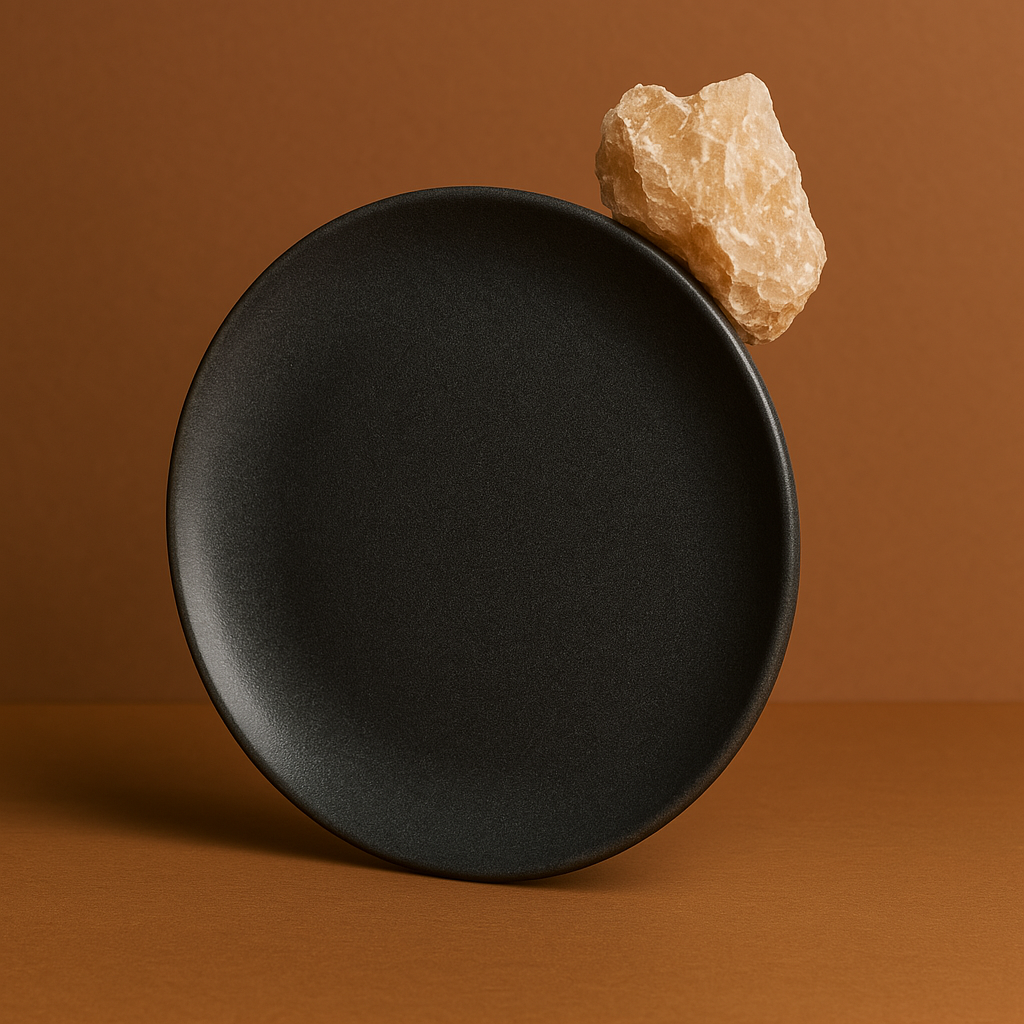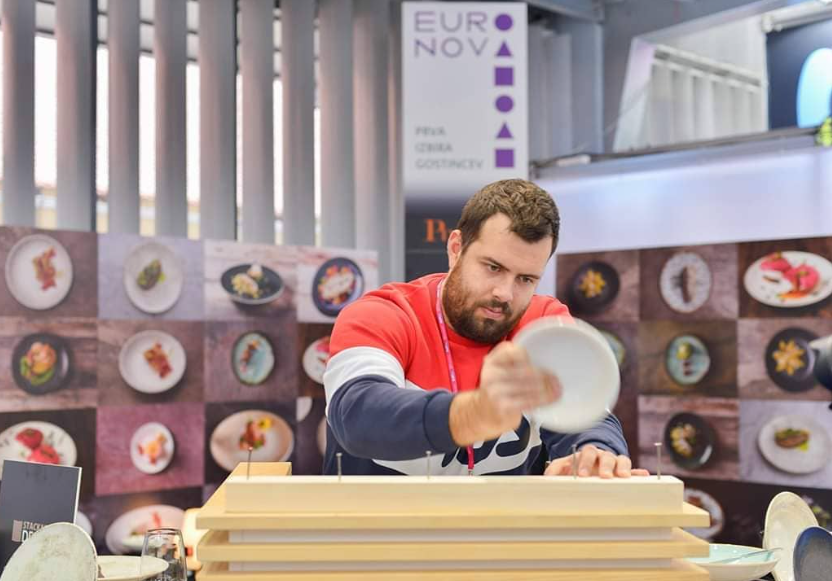Why choose hotel porcelain?
Why Choose Hotel Porcelain? Key Advantages and Tips for Selecting the Perfect Line
Hotel porcelain is considered the gold standard in professional hospitality equipment – and for good reason. Exceptional hardness, impact resistance, and high aesthetic value make it a top choice for restaurants, hotels, catering companies, and other food service establishments.
Hardness and Durability – A Long-Term Investment

Hotel porcelain is produced at extremely high temperatures (over 1300 °C), which gives it exceptional density and compactness. This results in: - High resistance to mechanical damage (impacts, scratches, wear)
- Low water absorption, which prevents cracking and ensures hygiene
- A long service life, even with daily intensive use
How Hard Is Hotel Porcelain Really?

Material hardness is often measured using the Mohs scale of hardness, where 1 represents the softest materials (e.g., talc) and 10 the hardest (e.g., diamond). Hotel porcelain ranks around 6–7, making it harder than glass (approx. 5.5), aluminum, and most metals.Comparison with common materials:
| Material | Mohs Hardness | Note |
| Talc | 1 | Very soft, used in cosmetics |
| Aluminum | ~2.5–3 | Soft metal |
| Calcite (limestone) | ~3 | Easy to work with |
| Glass | ~5.5 | Softer than porcelain |
| Hotel porcelain | 6–7 | Very hard, scratch- and impact-resistant |
| Quartz sand | 7 | Harder than porcelain, can scratch it |
| Zirconium (ceramic) | 8.5 | Extremely hard, used in dentistry |
| Diamond | 10 | Hardest natural material |
Why Is This Important for Hospitality?
Hotel porcelain is:
- harder than most metals and glass, meaning fewer damages in daily use
- resistant to impacts and thermal shocks, which is key in professional kitchens and serving environments
- stable and stacks well, meaning less breakage and lower long-term replacement costs
Why Is the Rim of Hotel Porcelain More Chip-Resistant?

- Denser composition at the edges – Edges are specially thickened and less porous, making them more impact-resistant.
- "Rolled edge" technology – Rounded rims act like shock absorbers and prevent chipping.
- Thermal and mechanical processing – extra reinforcement with glazing and grinding after firing.
- Quality control and thickness – consistent thickness prolongs lifespan and reduces breakage.
What Should You Look for When Choosing a New Plate Line?

Beyond design, hospitality professionals should consider:
- Stackability and space saving – especially in smaller kitchens and catering units
- Resistance to thermal shocks – suitable for ovens, microwaves, and dishwashers
- Color stability and shine – preserved appearance over the years
- Ergonomics – comfortable handling when serving
Choose Quality That Will Impress Your Guests
Hotel porcelain isn’t just robust – it’s also aesthetically refined. Clean lines, a variety of styles and colors allow you to match it perfectly to your culinary story. Every plate can become a canvas for your creations.In our wholesale offer, you’ll find a wide selection of hotel porcelain from renowned brands – browse our catalog or contact us for expert advice!